Mini Cooper SE – BMW’s i3s in a new outfit
The BMW subsidiary Mini has finally introduced the long announced Cooper SE. The electric Mini uses the technology of the BMW i3 and repacks it in the familiar mini design.
The unusual rims, the closed radiator grille and the yellow-green accents,such as the exterior mirrors or the logo on the rear, are the only obvious indications that the Cooper SE is not an ordinary Mini. With the long-announced electric model, the British now also want to electrify the classic three-door model. Until now, only the Countryman was available with a PHEV drive from the BMW 225xe Active Tourer.
BMW technology is also used in the electric Mini, but the key data cannot exceed those of the current electric BMW. The electric motor comes from the i3s and also delivers 135 kW in the Mini. However, the T-shaped battery installed in the vehicle floor only has a capacity of 32.6 kWh – the i3s now has a capacity of 42.2 kWh. The i3’s WLTP range is a maximum of 285 kilometres (up to 310 kilometres are possible in the i3 sans “s”). The Mini Cooper SE loses range here and, according to the WLTP standard, can travel between 235 and 270 kilometres depending on the equipment. On the other hand, it is sufficient for everyday use – provided a reliable charging facility is available. For street parkers in large cities, every kilometre more range is a gain in comfort. Consumption is between 13.2 and 15.0 kWh.
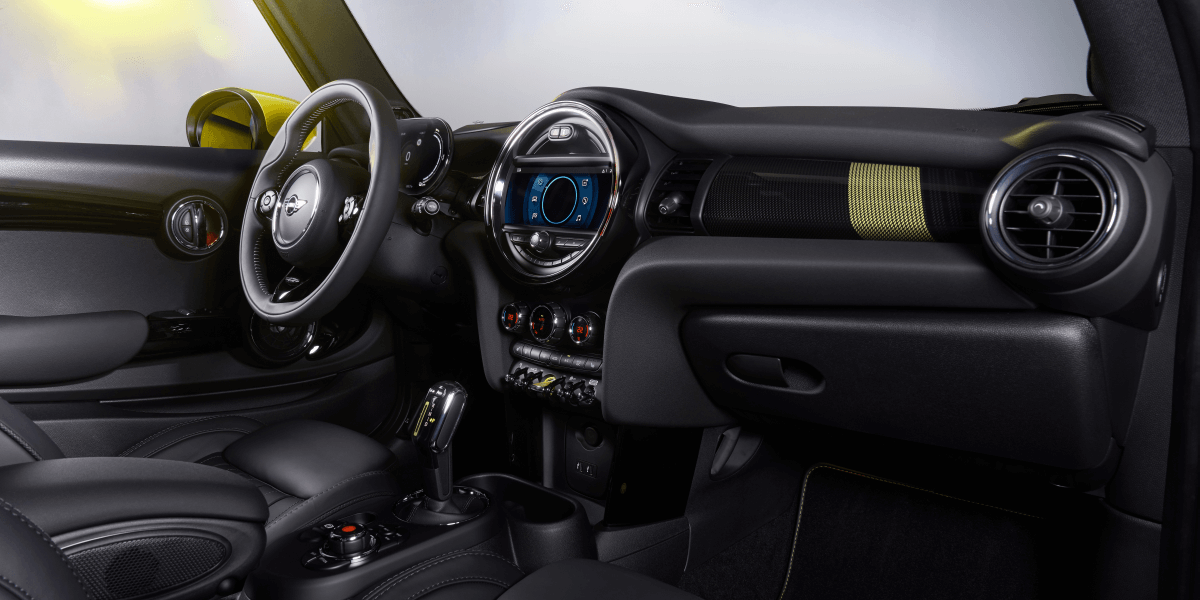
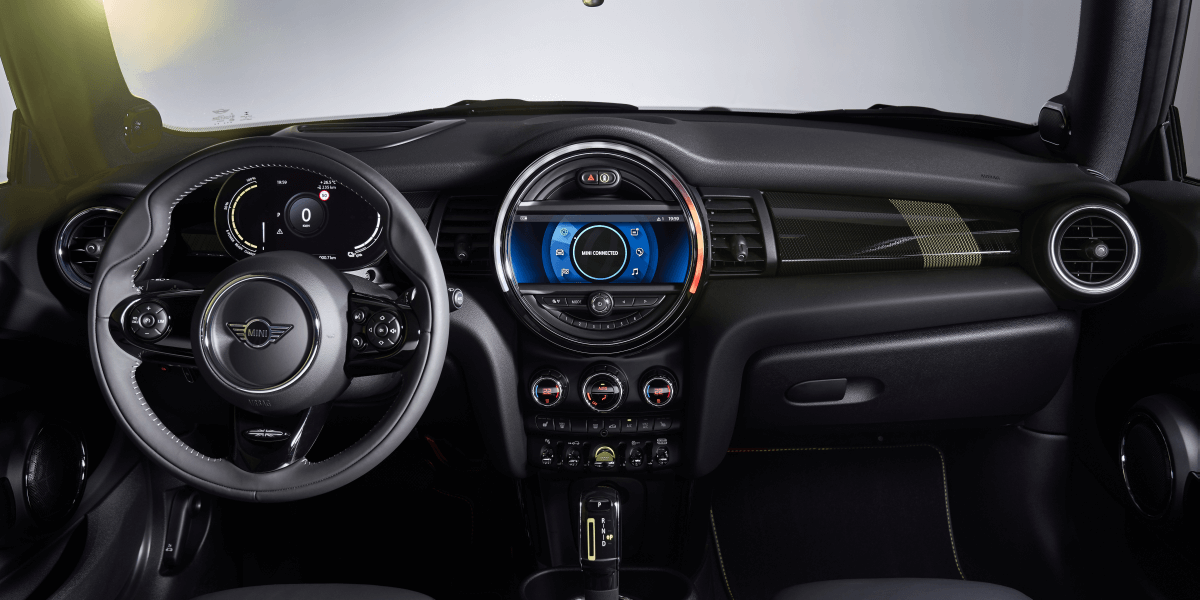
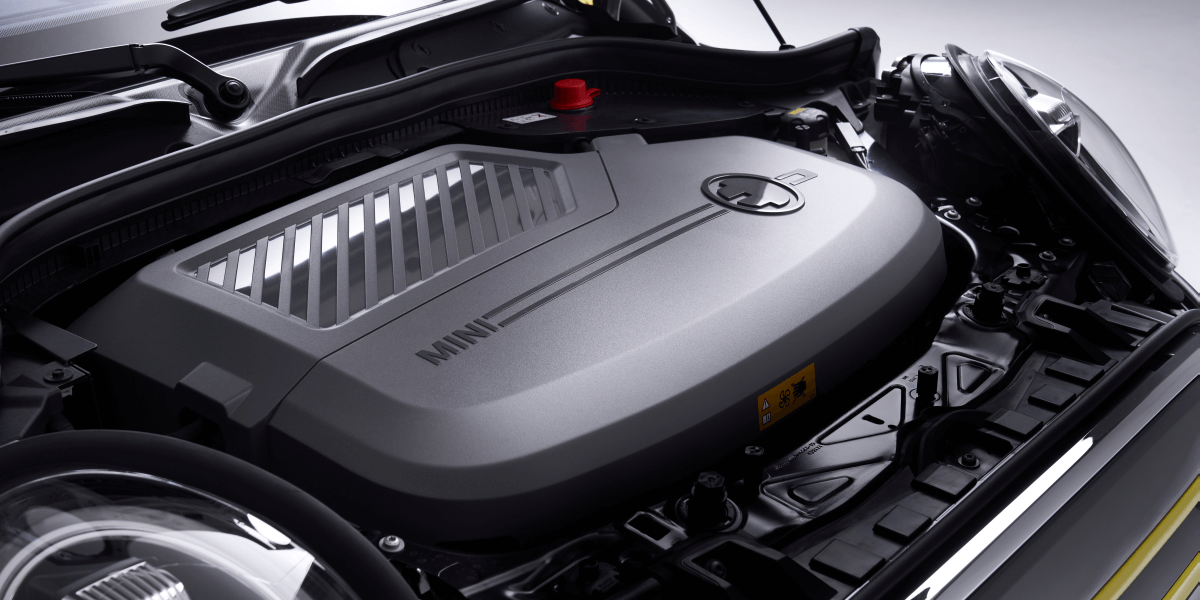
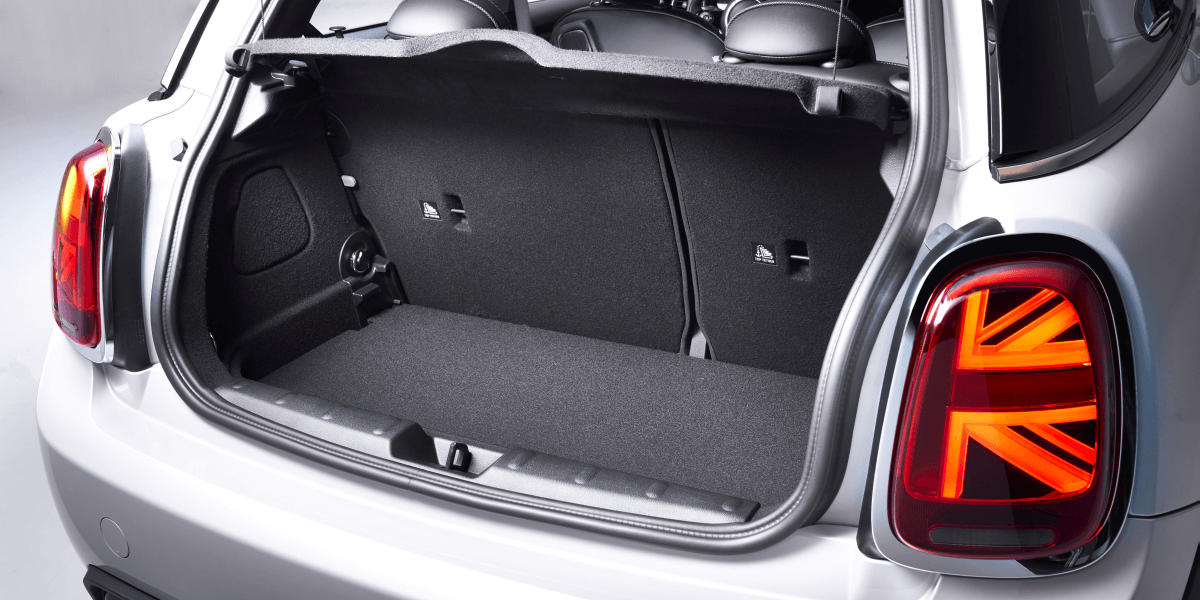
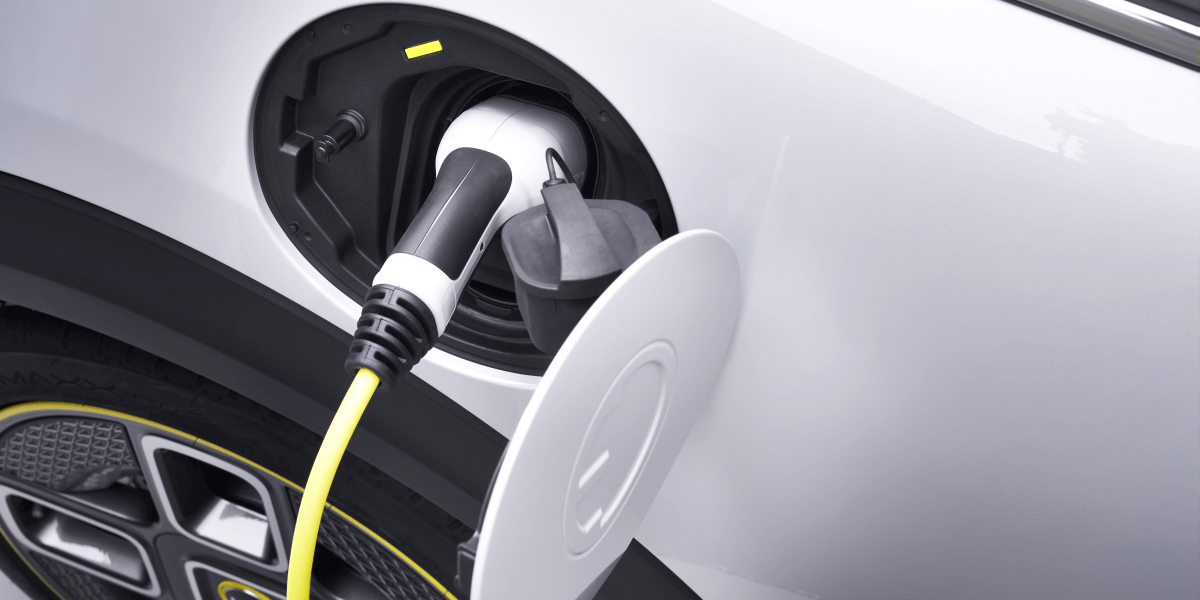
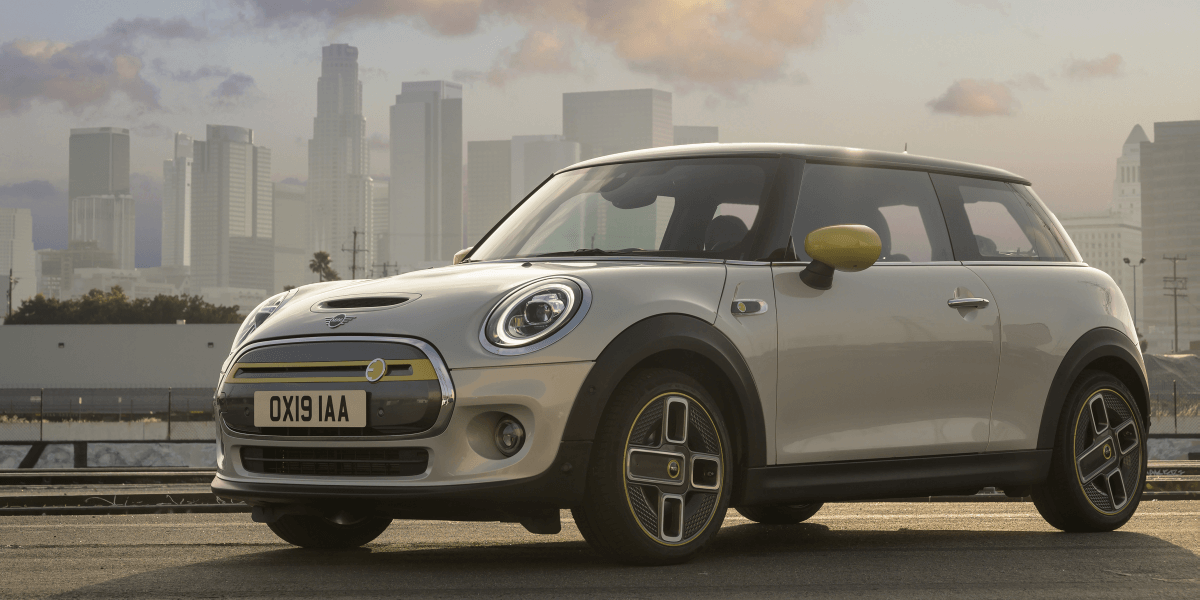
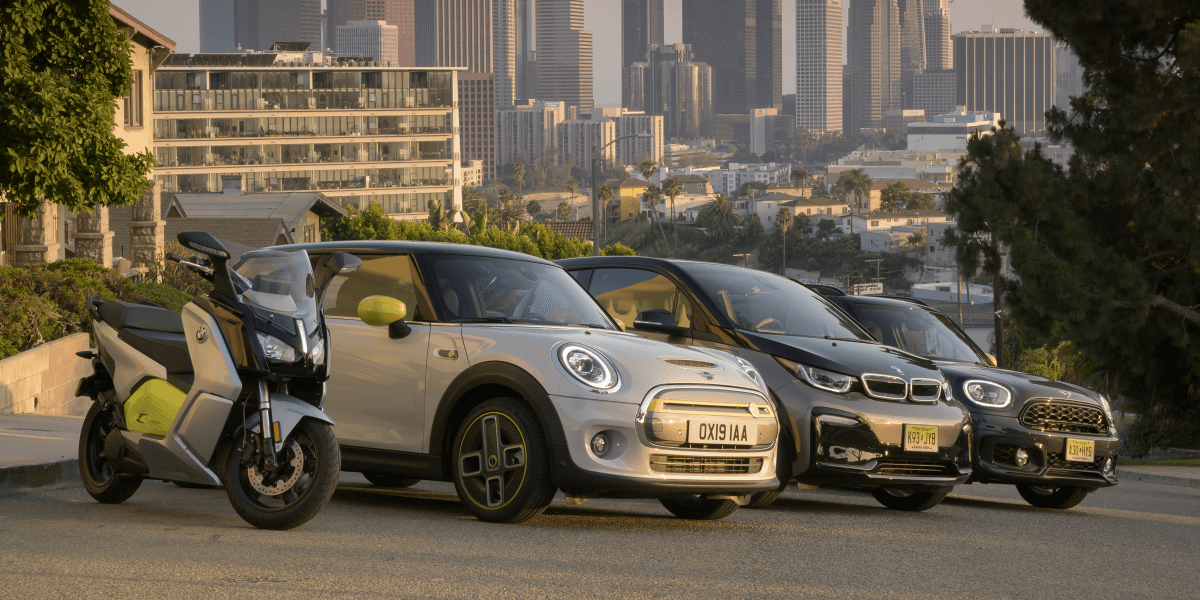
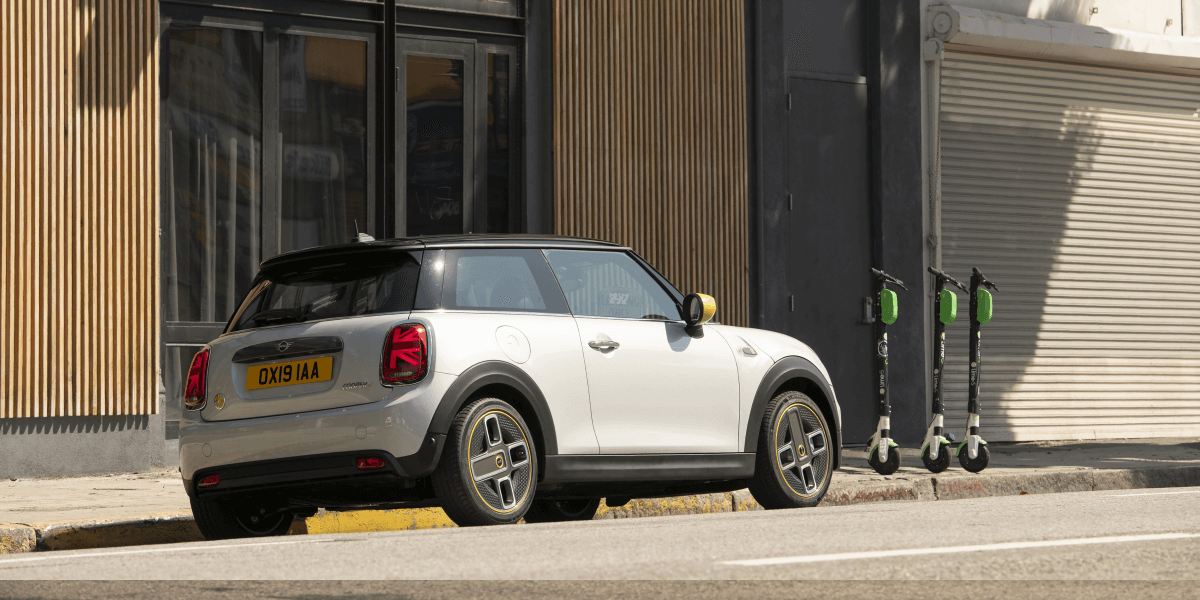
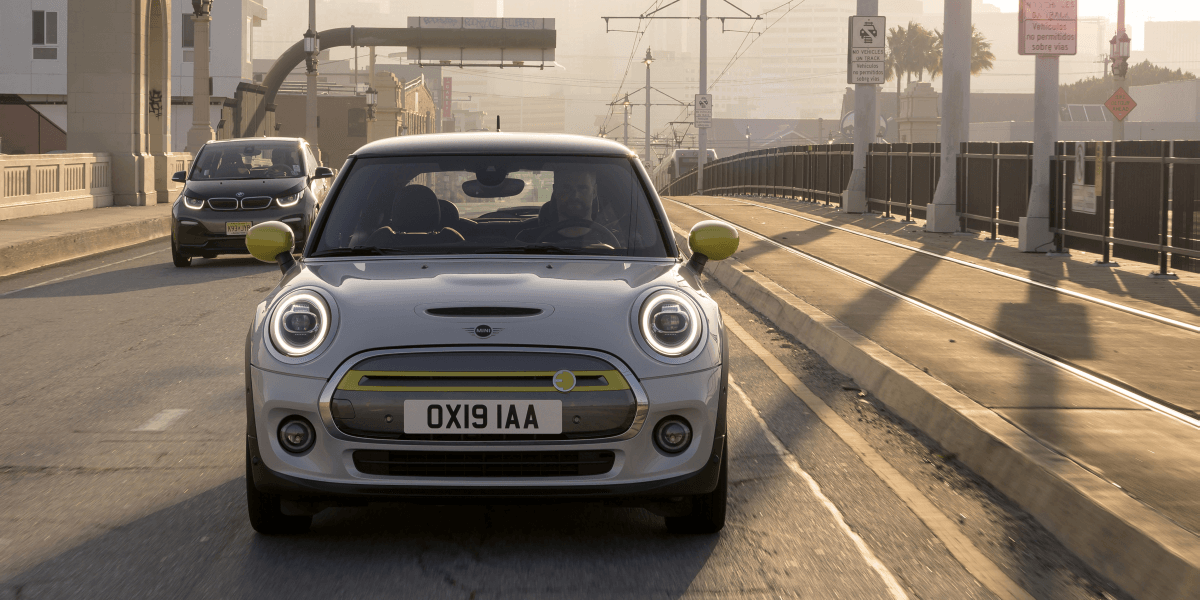
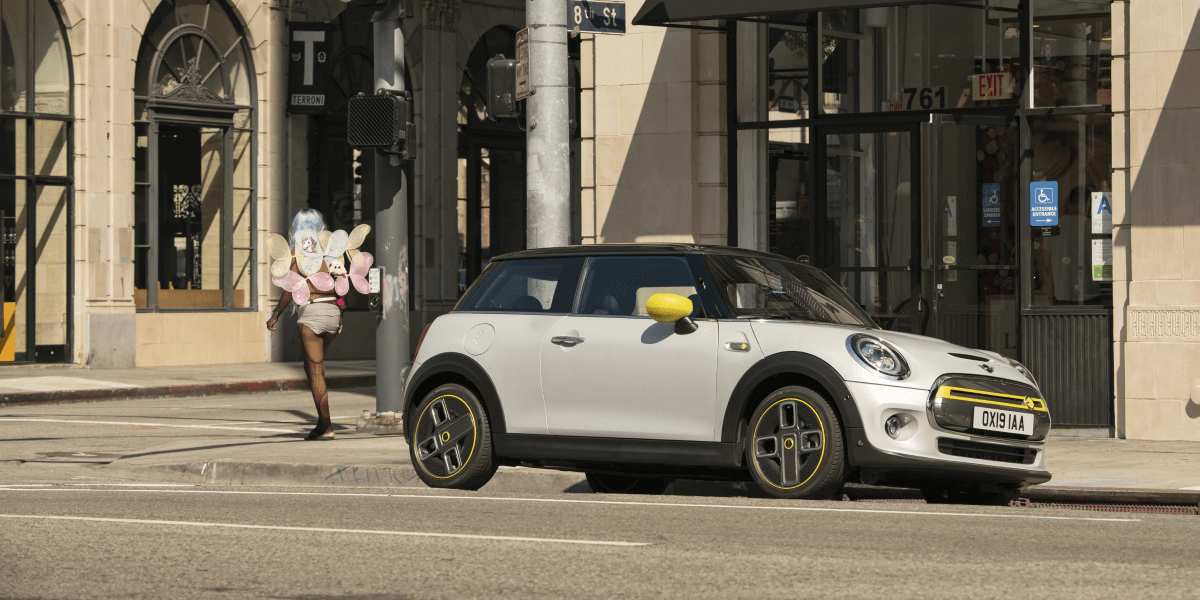
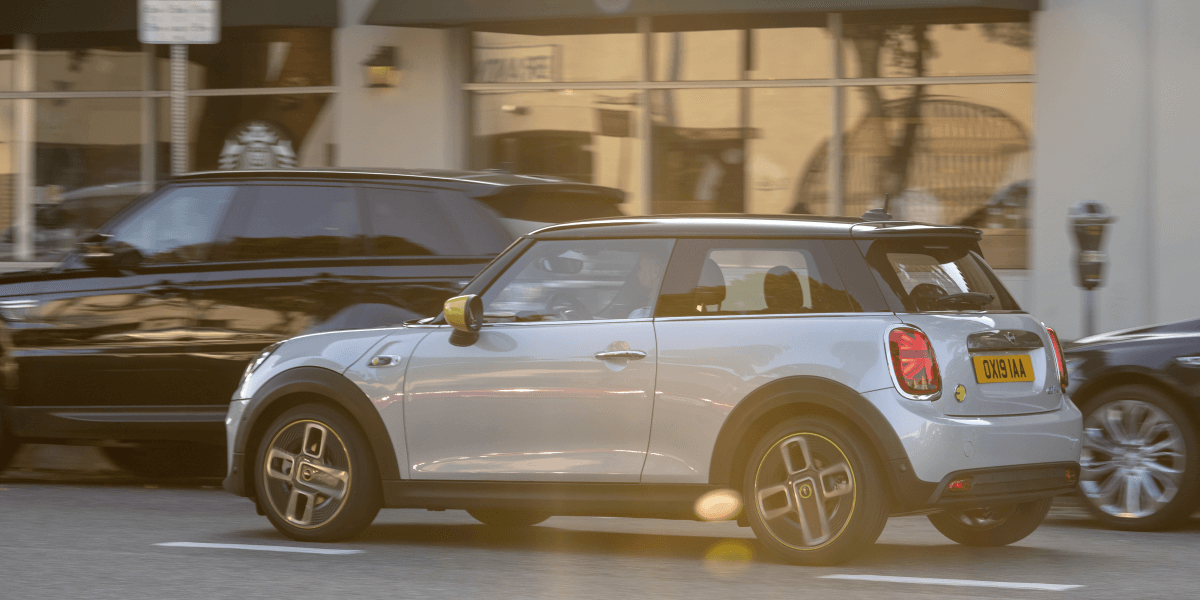
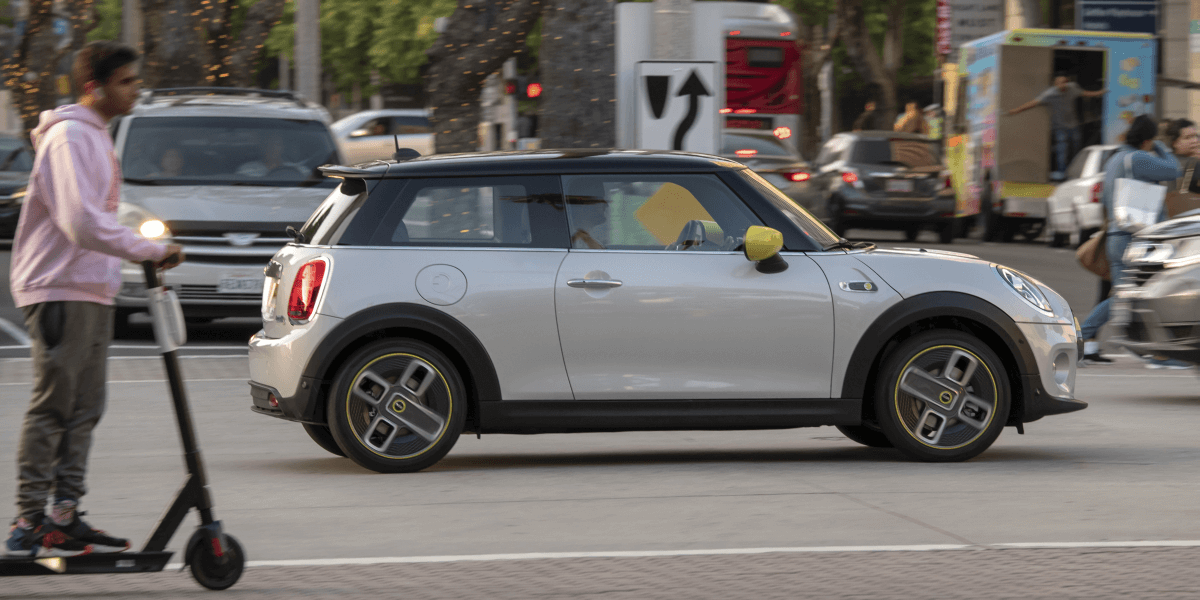
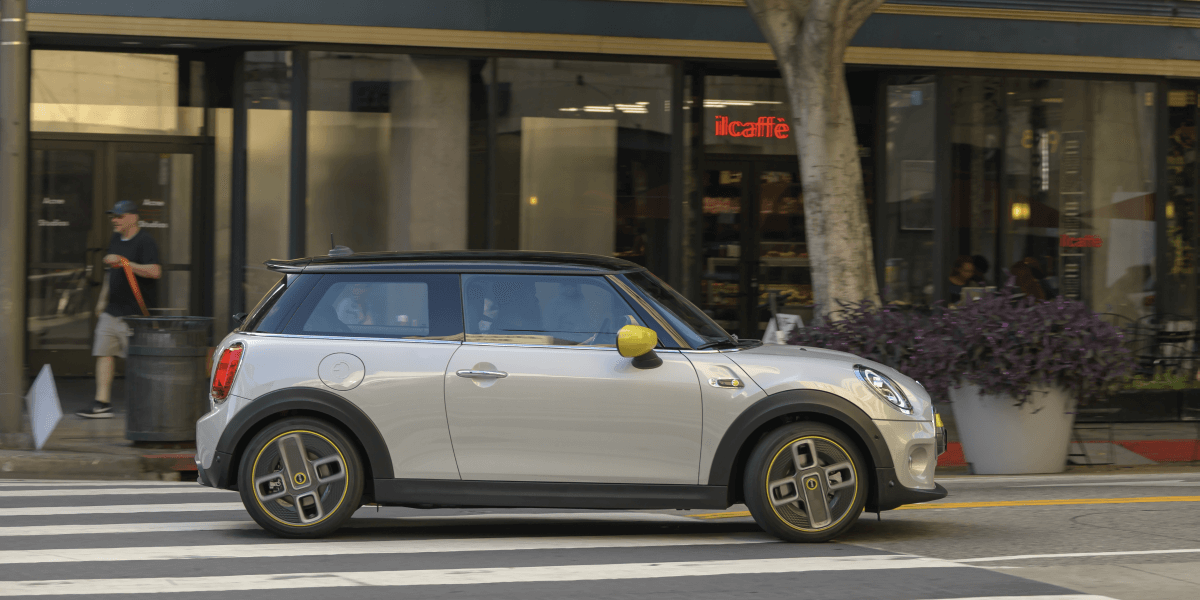
In the Mini Cooper SE, the electric motor is further not installed at the rear, as commonly seen with the BMW models, but on the front axle. With the “innovative driving stability control with actuator-related wheel slip limitation”, however, Mini wants to retain the brand-typical “go-kart feeling”. Since the electric motor is not only smaller but also significantly lighter than a combustion engine, this, together with the centrally placed battery, helps to distribute the axle load. “This favours the agile handling of the electrically driven model variant, which is always sovereign and easy to control even when cornering fast, as well as the low centre of gravity of the vehicle,” writes BMW.
The battery modules are installed between the front seats and under the rear seat. The trunk volume of 211 to 731 litres remains unchanged when the rear seat is folded down. The only difference is that the body of the Mini Cooper SE is 18 millimetres higher to ensure sufficient ground clearance under the battery. With an unladen weight of 1,365 kilos, the SE is around 145 kilos heavier than a Mini Cooper S with an automatic transmission.
Since the electric Mini is manufactured on the same line as the petrol and diesel versions at the Oxford plant, the technicians have kept the differences as small as possible. The charging socket is also located in the same position as the tank filler neck – above the right rear wheel. When charging, the Mini mirrors the key data of the BMW i3: up to 50 kW are possible with direct current (the 80 per cent charge lasts 35 minutes), and with alternating current (11 kW) the 80 per cent charge lasts 2.5 hours (100 percent: 3.5 hours).
However, there is one difference to the BMW models: while in the i3 the strength of the recuperation can only be changed with the driving modes, in the Mini the driver can select the efficiency of the energy recovery himself. A selector switch located to the left of the start/stop unit allows the driver to select either an intensive or only slight recuperation with a corresponding delay effect, irrespective of the driving modes. After each engine start, the car changes to the high step.
Prices in the UK start from £24,400 after the government plug-in car grant, but BMW has not yet published the exact (extra) price structure. Leasing is said to start “below £300 per month”. This puts it well above the Mini Cooper S with petrol engine (from 26,000 Euros), but the electric Mini has very good standard equipment: it is always delivered with a navigation system, LED headlights and a heat pump – the i3 costs several hundred Euros extra. Also interesting is the price difference to the i3s technology dispenser, for which BMW charges at least 41,600 euros. Here, Mini passes on the cost advantage of the smaller battery and the renunciation of the complex carbon body of the i3 to the customer. It seems that sales have taken off very quickly, with 40,000 reservations already made, according to BMW sales director Peter Nota: “We are thrilled to already have over 40,000 customers who have registered their interest in the MINI Electric.”
With the trio Opel Corsa-E, Peugeot e-208 and DS 3 Crossback E-TENSE, but also the revised Renault Zoe, electric compact cars are coming onto the market that offer higher ranges at lower prices. Whether the Mini Cooper SE’s image and premium feeling will be sufficient to survive in this often reach-driven arms race will be seen from November. Then the electric Mini will be delivered.

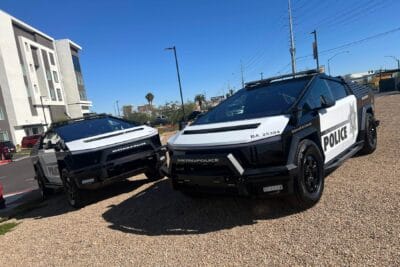
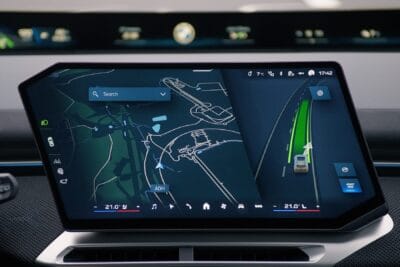
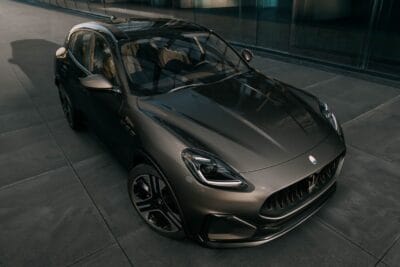
1 Comment